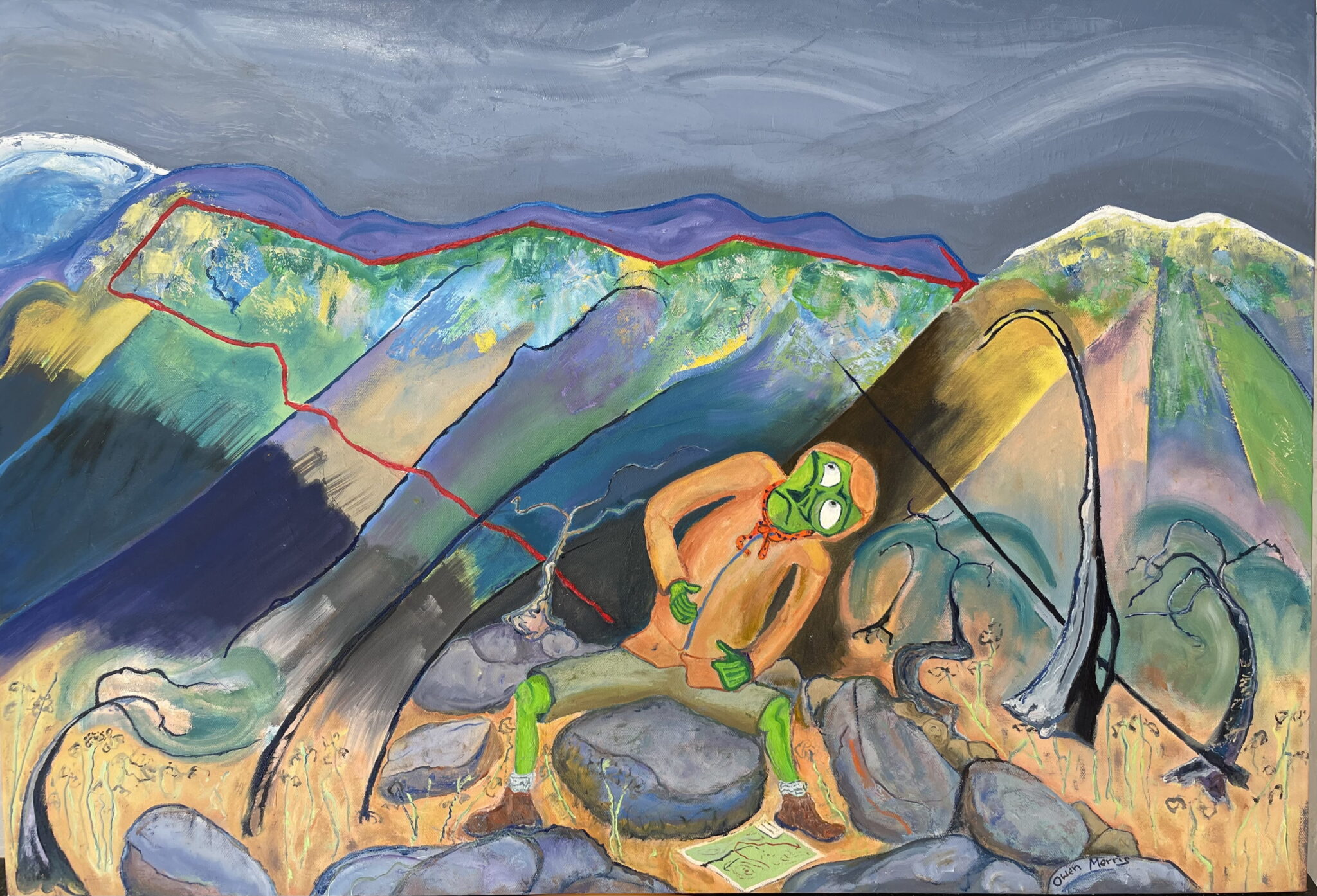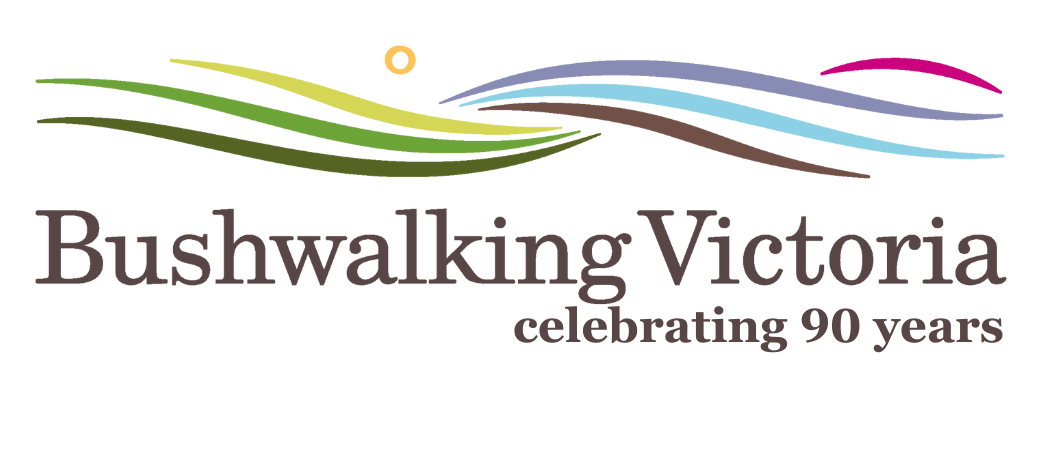
A PLB (Personal Locator Beacon) should only be activated in a situation of grave and imminent danger; a life threatening situation. (The Bushwalking Manual, Bushwalking Victoria Inc.)
Sensible advice indeed but where the line in the sand is for this decision is a little subjective. There have been instances where people have become disorientated or caught out after dark, thought the situation as dangerous and have set off their PLB. Perhaps inconvenience more than imminent danger was the reality. Maybe a sense of panic or just inexperience that made them reach such a decision. There is the other end of the scale when pushing on further into a deteriorating situation, or not understanding the seriousness of an illness or injury, could complicate a rescue or possibly lead to a fatality due to a delay to seek help. Finding that unsweet spot is the challenge.
I reached a decision to activate my Garmin InReach SOS (similar to a PLB with additional satellite text message and GPS) on a solo journey on the Australian Alps Walking Track in late 2022. This played out on the Long Spur between Mount Bogong and Mount Wills. The night before saw a cold front with gale force winds roar through Camp Valley near Cleve Cole Hut. It was an uncomfortable night in my tent with only an hour or two of sleep. The morning wasn’t much better with only a slight easing of the wind, with rain and sleet still blowing through. I toyed with the idea of staying another day and sitting out the weather in Cleve Cole Hut, or would I plug onto Mount Wills, my next rest day with a food drop including a few little luxuries and a hut for shelter, if needed.
Mount Wills won which would turn out to be a better decision for other reasons than food drop goodies. I donned full wet weather attire and headed over Bossiaea Hill and onto the Long Spur which had just been cleared by Bushwalking Victoria’s BTAC volunteers the week before. Not far into the Long Spur, I noticed a mild twinge around my right lower back and put it down to an uncomfortable night’s sleep. Within an hour it had become an excruciating pain around my kidney area, sending waves of pain through my body with hot and cold sweats, and vomiting. I knew it was likely kidney stones, something I had experienced nearly 30 years earlier and had discussed with my GP in my pre-trip planning. The chances of it happening again after so long were slim. My GP did prepare me with strong pain relief tablets for other injuries, me not thinking I would need them for kidney stones. I took one and the pain eased almost immediately. I decided that with a cleared track, and if I could maintain the pain at this level, I would try for Big River Saddle. A rescue was going to be easier from a 4WD track or road. Air rescue would have been impossible in such weather and stuck high on the foot track would have required a complicated stretcher carry.
With this small window I made haste along the BTAC branded track! An hour later the pain returned like a hammer blow. I took a second tablet which did little. I doggedly pressed on and eventually got onto the 4WD track that would lead me to Big River Saddle. Things weren’t good, I was becoming weaker and sicker, and my mind was far from rational from the pain and possibly the tablets.
Somehow, I managed to keep to my objective and knew I would activate the Garmin SOS at Big River Saddle. On arrival I struggled a sadly pitched tent and took shelter. By now the pain relief tablets had totally worn off and I was afraid to take more, I just felt too weak and would have been well over the prescribed dosage. I tried changing into dry clothes, but couldn’t as my body was shaking with some sort of shock reaction. I wrapped my sleeping bag around me as best as I could and got on with the Garmin which I hadn’t used much, certainly not for a rescue. I did take time to check the battery at Mount Hotham and studied up well on how to use the SOS function at home.
I’m a little vague on the sequence of how it all worked out. I just pushed the SOS button hoping help would come and I think I got a message back almost immediately asking me to confirm an emergency. I also got a phone call from a US number to my mobile which I couldn’t talk to because of weak mobile reception. This was followed by further messages on the Garmin asking me if I had shelter, was it a medical rescue or other, did I have supplies. I’d forgotten there are pre-set messages you can use to reply YES NO etc, and I found it hard using the clunky arrow type keyboard screen. Eventually all were answered, and a message was received back saying that Garmin had successfully notified local Australian emergency services of my situation, the location and that a rescue was being arranged. Garmin works outside of the Australian PLB network which is coordinated through an organisation in Canberra. Garmin has its own centre in Texas.
Coming down the Long Spur I felt nervous about this and had silly thoughts about US time differences etc, what if they all go home at 5.00 or it all just goes wrong for some reason.
My rescue was coordinated by the Tallangatta Police. Two and a half hours later I sensed someone shaking my tent and a voice outside asking loudly, “is Owen Morris in there”. During the wait time I may have been lulling in and out of consciousness, as it seemed only moments before I had been fiddling with the Garmin. When the tent door unzipped, I was just so relieved to see the beaming faces of the paramedic ambulance crew from Omeo. They kept me lying still in the tent and checked all my vital medical functions through their portable monitor, then put me on a stretcher and into the 4WD ambulance. They also kindly packed up my mess. The paramedic ambulance officer administered a drip with some difficulty, he said it was difficult locating an open vein and apologized for treating me like a pin cushion. A small dose of Morphine was given and the next thing I remember was arriving at Omeo hospital. Two wonderful nurses there liaised with Bairnsdale Hospital doctors for my treatment because there was no doctor at Omeo Hospital that evening. More pain relief, more weird sleep of a kind! At 2 am I was woken by the night shift nurse and told I was going on another ambulance ride to the larger Bairnsdale Hospital, as she was a little concerned I wasn’t stable in a couple of areas. I certainly felt very weak. I recall the next morning having blood tests and a MRI scan. Later that afternoon the Doctor told me I had passed the kidney stone and things were stable enough for me to leave, but I shouldn’t return to my hike!!! I gladly took the train back to Melbourne.
Some Take Outs: Good planning, adequate remote hiking experience, having a PLB device and understanding how and when to best use it. The importance of reasonably clear tracks. If the track had been overgrown and with fallen timber like some parts of the AAWT I wouldn’t have had a hope of reaching the 4WD track or Big River Saddle and the rescue would’ve been more complicated to stage and slower.
Me? It certainly was an ordeal, I had nightmares after it and initially found it difficult to talk about without getting emotional. I’m OK now, probably talk about it too much, but best not to overthink it too much. I still go to the mountains. Perhaps I’m a little apprehensive about extended hikes and remote areas now. No photos, but a selfie painting with a bit of Long Spur chaotic artistic license, except the flesh tone! That’s close…

Finally. We live in a country with police, paramedics, nurses, and doctors who for the most go about their work to such a high professional standard and with spades of compassion. To execute a rescue within two and a half hours is quite remarkable. My family and I are so grateful for the rescue and everyone’s care of me, along with the time taken to update my loved ones with a calming reassurance that I was safe and in good care. I certainly was.
Owen Morris
BTAC Volunteer and Strzelecki Bushwalking Club Member
